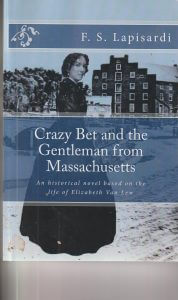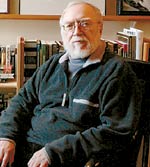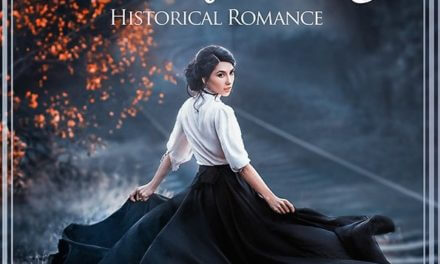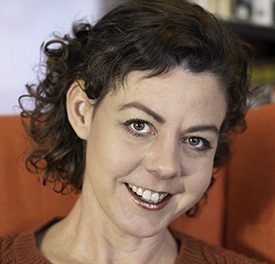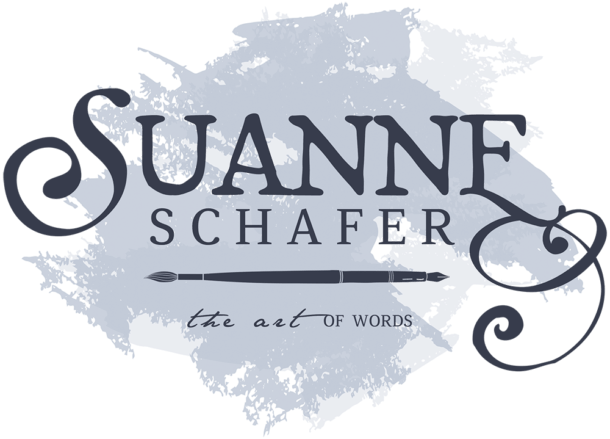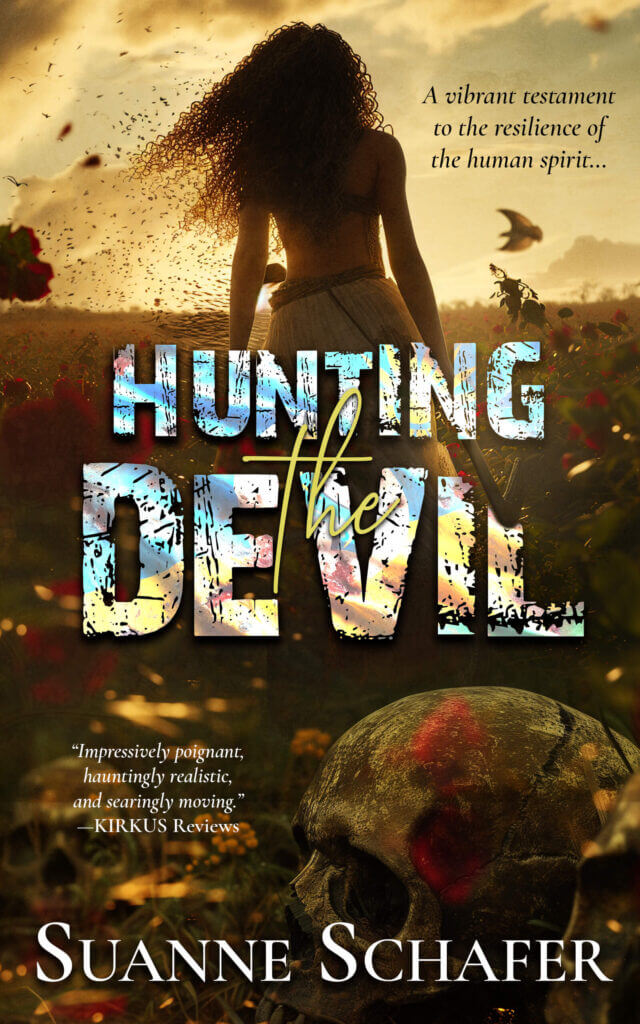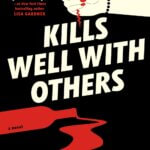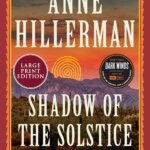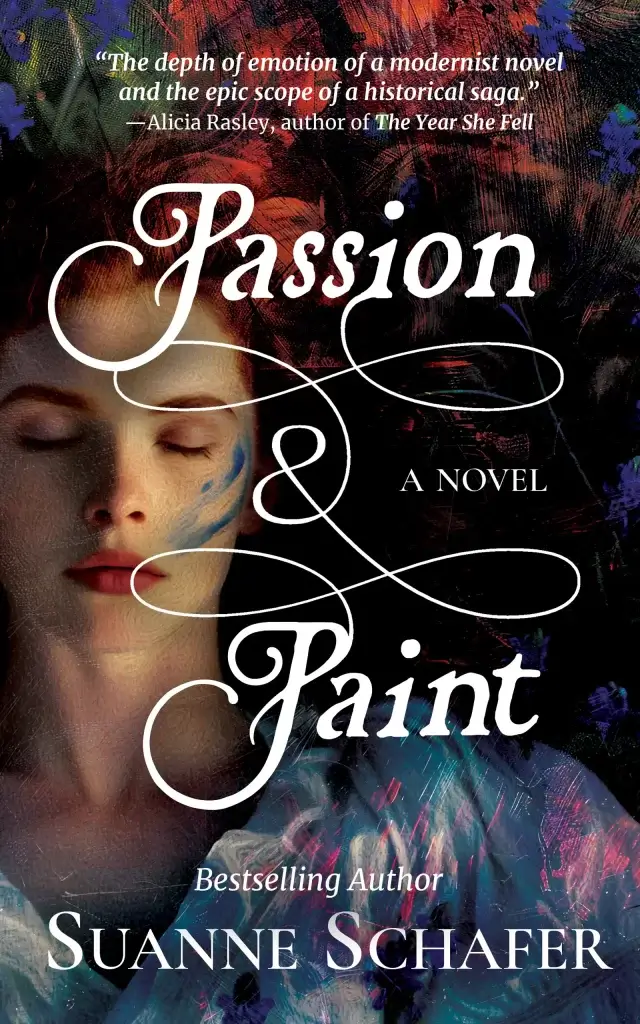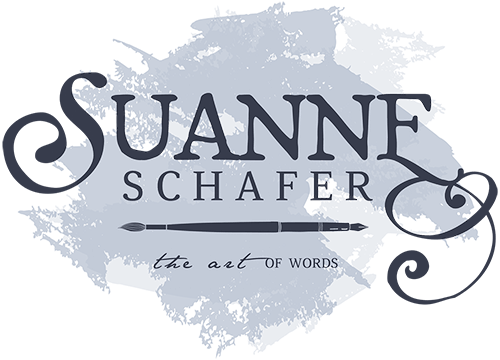I have the privilege of visiting today with Frederick S. Lapisardi, Ph.D., a retired professor who taught literature, writing, drama, advertising, and journalism courses at California University of Pennsylvania. He holds a Ph. D. from New York University in modern dramatic literature. Published scholarship includes books on W. B. Yeats and Eva Gore-Booth, as well as numerous articles in national and international journals. In the 1990s, Dr. Lapisardi worked in Ireland as a scholar in residence at University College Dublin and dramaturg for the Yeats Festival at the Abbey Theatre. In retirement, Fred continues to publish book reviews in several periodicals and currently writes plays and novels.
Dr. Lapisardi went blind from Macular Degeneration in September 2012 just as he finished the first draft of a screen play about the Union spy, Elizabeth Van Lew for B.M. Productions of Fairfax, Virginia. Complications from a pair of botched cataract operations resulted in total blindness for four months. He could not see to do the edits necessary to cut the film to ninety minutes so the film was never made. But later, thanks to a good surgeon and to the Fayette County Blind Association, he had enough sight to work on the Van Lew project using a large screen computer with built-in magnifiers and a key board that told him which letters he was hitting. He decided to turn the screenplay into a novel. All of his research had been done before he lost his sight, and Crazy Bet and the Gentleman from Massachusetts was born.
Since the publication of Crazy Bet, Lapisardi wrote his second novel, Death and Resurrection in a Rust-Belt River Town. This one is pure fiction. It will be published first on line by OnlineInklings.org in serial form, much as Charles Dickens did, but in this case, comments from readers will be welcome and may even be woven into the final printed edition.
Currently, at the age of 86, Dr. Lapisardi claims that, as W. B. Yeats would say, he “hears the hoof beats,” so he is writing something of a “tongue-in-cheek” autobiography tentatively entitled Confessions of Saint Frederick of Canarsie. He claims: “There is no Saint Frederick listed in my book of saints, so I might as well apply for the job.”
SS: What in your childhood contributed to your becoming a writer?
FSL: Comic books. Our maternal great aunt, Lillian Lott, owned a combination soda fountain, penny candy, newspaper, and comic book store in Selden, Long Island, and whenever she visited she brought comic books to help us learn to read. I invented a rabbit cowboy named “Hopalong Carrots” and began drawing my own comics. I would sometimes pass them around to my friends. In the 4th grade, my two closest friends, Dickey Napolitano and Kenny Patterson, and I began to print a newspaper on a hand-cranked mini-printer that my parents had given me for Christmas. We called it The Mustard Brat Press, and wrote accounts of life both in and out of class, and gave copies to our friends. By this time, the U.S. was involved in World War II. Kenny’s dad, “Red” Patterson, who worked as Press Agent for the Brooklyn Dodgers, became a war correspondent for one of the major press companies, so we deferred to Kenny for format, but we all contributed stories. By the time I was in the 6th grade, I was delivering newspapers for the Nassau Review Star, and in high school, after I had suffered too many concussions to continue playing football, I covered our school games for the Patchogue Advance, which claimed back in the days of “hot lead” to be the largest paper in circulation in Suffolk County. The sports editor explained the importance of the inverted pyramid formula and the use of quotes from the coaches and players, and from then on, I was on my own. I was officially a writer.
SS: What are you working on at the moment?
FSL: I just completed a novel, set in Brownsville, but using the original name, Redstone. This is not historical. It is fiction and consists of seven long chapters starting in 2001 and ending in 2025. This will be published first online by “Online Inklings,” in serial form, before a hard copy edition goes to press. I finished the copyright and introduction yesterday. But I also started work on a new novel, autobiographical in form, titled Confessions of Saint Frederick of Canarsie. I am also working on a new project with the Fayette County Association for the Blind, where I am both client and volunteer, that will help other blind writers to get their work in print and online [through Online Inklings, hopefully with assistance from regional Lions Clubs.] This project springs from my experience working with five Blind Association clients on writing plays. We did well until it came to actually getting their plays on paper. As I’ve done since my earliest days teaching at various universities, I did my own assignment, and that’s when our “Yes, We Can” group had to admit, that for the present time, “No, they could not.” I was the only one who had the equipment to type out my own play. It is my goal here to get them back to “Yes, we can.”
SS: What literary “pilgrimages” have you made?
FSL: I suspect I’ve made more than I will remember to include here, but, as the Irish say, “I’ll give it a go.” I actually directed a tour to Yeats’s Country when I took a group of American students to Sligo for a couple of days and taught a summer course at Trinity College, Dublin. I’ve also been to his Tower a couple of times when visiting what was once Lady Gregory’s estate. But, then, all of Ireland is pretty much a “literary pilgrimage.” I visited his daughter several times and even had her permission to produce any of her father’s plays in the U.S. Of course, Dublin offers walking tours of just about every place mentioned in Ulysses. Aside from several dozens of literary spots from one end of Ireland [including Ulster], I’ve visited August Strindberg’s home in Sweden, Dante’s and Ezra Pound’s and a few other homes in Italy, Hemingway’s home [with cats] on Key West. In all, I’ve spent time in 47 different countries, often to deliver papers or chair workshops at academic conferences. The only invitation I regret turning down was a visit with John Fowles one summer when I already had two other European events scheduled. Had I realized that this was a one-time offer to a small group of enthusiasts, I would have cancelled one or even both of the other events for a chance to meet with one of my favorite contemporary authors.
SS: What is your most recent book? Why is this one a reader should read next?
FSL: The subtitle of Death and Resurrection in a Rust-Belt River Town speaks to this question. “Peace through Understanding” relates to life as we know it in the early Twenty-first Century, frequently called “World War III in Pieces.” I am a Korean War veteran. Had I not been drafted into the Army from a ship filled with munitions and other items for the French fighting in what was then known as Indo-China, I would have been among the first Americans in Viet Nam. Why were we fighting overseas? We have enough trouble here accepting differences in race, country of birth, religions, and politics.
SS: What are the elements you think make a great novel?
FSL: William Faulkner said it for us after he sobered up enough to give his Nobel Prize speech: “The Eternal Verities.” These are the truths we live with every day. Once he told us that, more people came to appreciate Faulkner. The same can be said of Joyce’s Ulysses. The book isn’t about snotty Stephen. It’s about Leopold Bloom! Ironically Joyce’s novel was banned by the U.S. Post Office for years, and yet, by the end of the 20th century, it was rated at the top of almost every “best book” list. Stephen represents everything that Joyce dislikes about himself—Bloom is both the ‘modern’ Ulysses and the Common Man. I taught the book over forty times and re-read it at least another five times on my own. I find something new each time.
SS: Are you a plotter, or do you let the novel develop organically?
FSL: Both. I usually have a rough idea of where I want the story to go before I sit down at my large screen and talking keyboard to write. But, during my 42 years teaching at universities, though I started several novels, I never finished one until after I retired and went blind. In addition to more traditional literature classes, I did teach an occasional poetry, short fiction, or journalism or non-fiction writing class, and I did keep to my practice of writing everything I expected my students to produce. Given my own preference, I taught playwriting, and whenever possible, we performed all of the class plays on stage. I also ran the college TV studio for a few years, did a few television plays, and directed a series of on-campus shows that KDKA in Pittsburgh also shot and put on air at about 2 a.m. on Sunday mornings following “Buck Rodgers.” I suspect that’s why my novels are somewhat conversational. I develop characters, put them together, and let them talk. Sometimes they surprise me, and I feel like a stenographer typing out what other people say. And sometimes they die on me, and I have to figure out how to replace them. But that’s life! Death may be incontinent, but it is also one of the Eternal Verities, and we have to deal with it.
SS: Do you write in order in which it appears in your novel, or do you write chronologically and later rearrange?
FSL: In both Crazy Bet and River Town, I wrote as events happened on the page. The time frame for the former started after the Civil War when John Reynolds first visits Elizabeth at her Church Hill home in Richmond, Virginia, after she has fallen out of favor in Washington, D.C., and returned to live as a pauper who spent the family fortune to buy and free slaves and to feed Union prisoners held in local prisons. Reynolds is the nephew of one of these prisoners, Colonel Paul Revere. Reynolds has been sent by his mother and other Massachusetts families whose relatives Elizabeth cared for to offer her a lifetime stipend in gratitude for her sacrifices during the war. This is historically correct. It is also historically correct that she named Reynolds to be executor of her will. She left her war time journals to him. In my introduction, I liken the novel to what is known as a hermaphrodite rig on sailing vessels propelled by a square-rigged foremast and a schooner-rigged main mast. The story is driven on one hand by Elizabeth’s recollections of her activities during the Civil War. These are based on historical documents and texts. But the story itself, from Reynolds’s first yearly visit through to Elizabeth’s death in 1900, is driven by Sir Phillip Sydney’s definition of “Poesy,” which I apply to fiction and most of my plays. Basically, it deals with things not as they are or have been, but as they may be or may have been. An elderly woman, living with a somewhat dotty niece and a family of freed former slaves, Elizabeth struggles through forty plus years surrounded by neighbors who hate her and looks forward to the visits of this charming young man each year. It’s something of a love story without sex. He enjoys hearing about her past experiences, and she finds comfort in a young man who is willing to listen to her recollections. That’s the other sail. I like to think that the servants actually sat at the grand dining room table with Elizabeth and her niece, but I made that up because I like to think it happened.
As for my latest novel, the first three chapters run in chronological order with an occasional reference to things past until Chapter 4, which is the notebook written from Jack Collard’s arrival back to Redstone in 2001 until his death, which happens in the first paragraph of Chapter 3. But Jack’s notebooks and workbooks make the “resurrection” of the rust-belt river town possible. What becomes a goal in 2020 [Chapter 6] begins to take place in Chapter 5, and reaches Jack’s goals in Chapter 7, set in 2025. There were a few changes in my final edits, but, for the greater part, the chapters were written as they stand.
SS: Do you know the ending to your story when you put pen to paper? If so, have you ever changed the ending after you started to write?
FSL: The ending for Crazy Bet was obvious from the beginning. It’s history. After Elizabeth died, the Massachusetts families brought a boulder from their home state to her grave in Richmond with a plaque honoring her brave “anti-slavery” and “anti-cession” positions. I ended the novel quoting the plaque. As for River-Town, I had two rough ideas of how I would end the story, but I changed the one I used for the first draft when I edited the finished book, and then used the other, stronger ending of the two.
SS: What advice would you give to aspiring writers?
FSL: For historical novelists, I tell them what I tell academics: do your research and don’t believe the first thing you find on your topic. Back everything up wherever possible. For my screen play from which the novel was born, I used at least twenty historical books, several magazine articles, Elizabeth’s diaries, and several other first-hand diaries of Union civil war prisoners, including one written by a Congressman from New York who was captured while sitting on a hill overlooking a battle.
For other creative writers, I suggest that they don’t throw anything out even when they give up on a topic. The first chapter in River-town was written as a short story seven years before I wrote the rest of the novel, and one of the major characters came from a novel I started to write at least 25 years before that. Another important character first appeared in a play I wrote and produced at my writing workshop some ten years before he fit into River-town.
For fiction, I always used the quote I mentioned above: “Write about things not as they are or have been, but as they may be or may have been.” That way you can’t get sued.
SS: How do you get into the mindset of the decade or era of your book?
FSL: I should let my daughter Emily answer this one! Since she was fourteen years old she has been doing “historical impersonations” of women from as far back as Elizabethan England. She gave me Elizabeth Van Lew and just about anything I needed about the Civil War with her performances as far away as Lake Charles, Louisiana, and as prestigious as the National Spy Museum in Washington, D.C. But I also had some experience with historical impersonations myself. If I put on my top hat and Chesterfield coat, I look very much like Andrew Carnegie. So, I read everything I could get my hands on, including his autobiography, and performed at several Carnegie libraries, the Heinz History Center, and at Carnegie Mellon University. I also found several films both about but him and with his voice. I’ve written a long one act play set in 1892, and another two act play about Carnegie and Frick in Purgatory.
But not all writers are actors, and in those cases I suggest research and travel. Get to know people from other parts of the world. If possible, live in other countries or even different regions here in the U.S.A. to see how other people live and speak. Writing is about people. That’s at the heart of the “Peace through Understanding” sub-title of my “River-town” novel. Where ever you go, people have stories to tell–especially old people. My great grandmother was born before the Civil War. She lived a long life, and I learned from her.
But when you travel, you see things first-hand that go back thousands of years. Ours is a young country, but in Ireland I visited restored tombs that are older than the pyramids, on Cyprus I worked in a real amphitheatre that went back to the days of Ancient Greece, and in England I visited the Tower of London which was the last thing many Elizabethans got to see before they met the chopping block. Just visiting ancient places helps a writer to get the feel of another time and place.
And keep a travel journal. Most serious writers do. Even in the age of computers, journals can be useful. They may get lost, but they never crash.
********************
